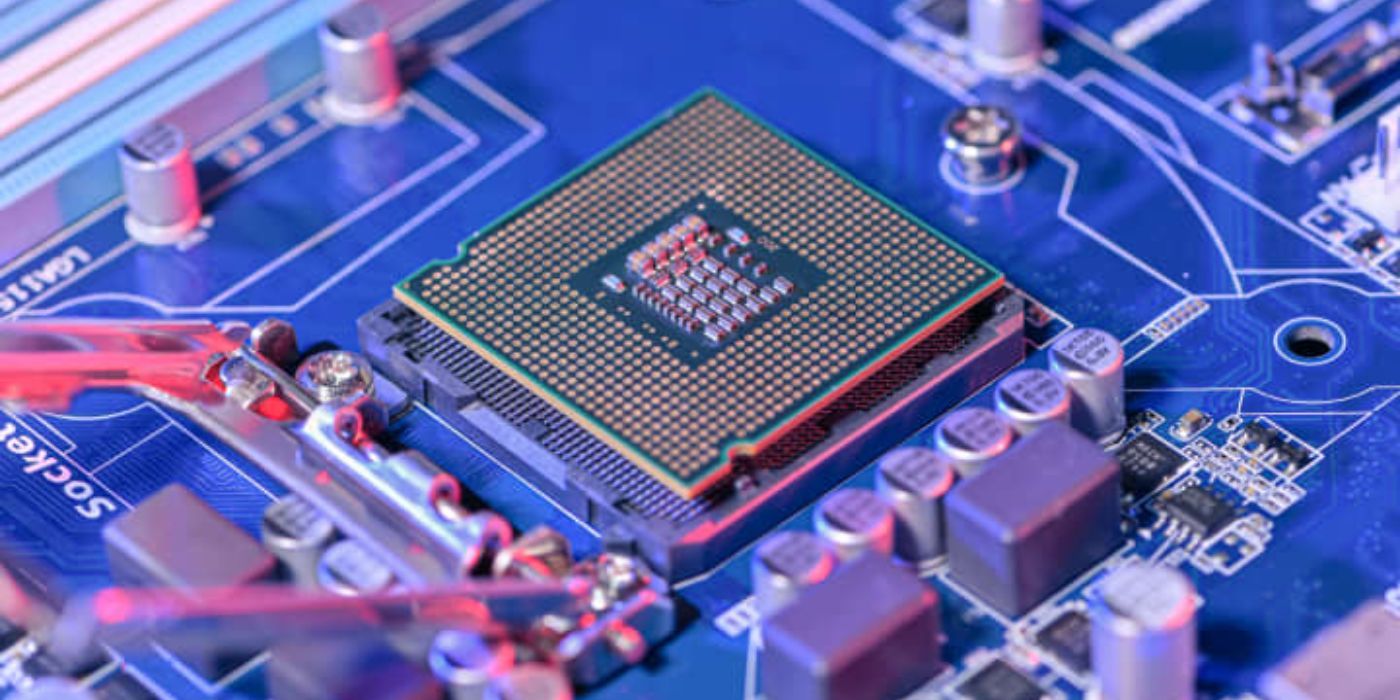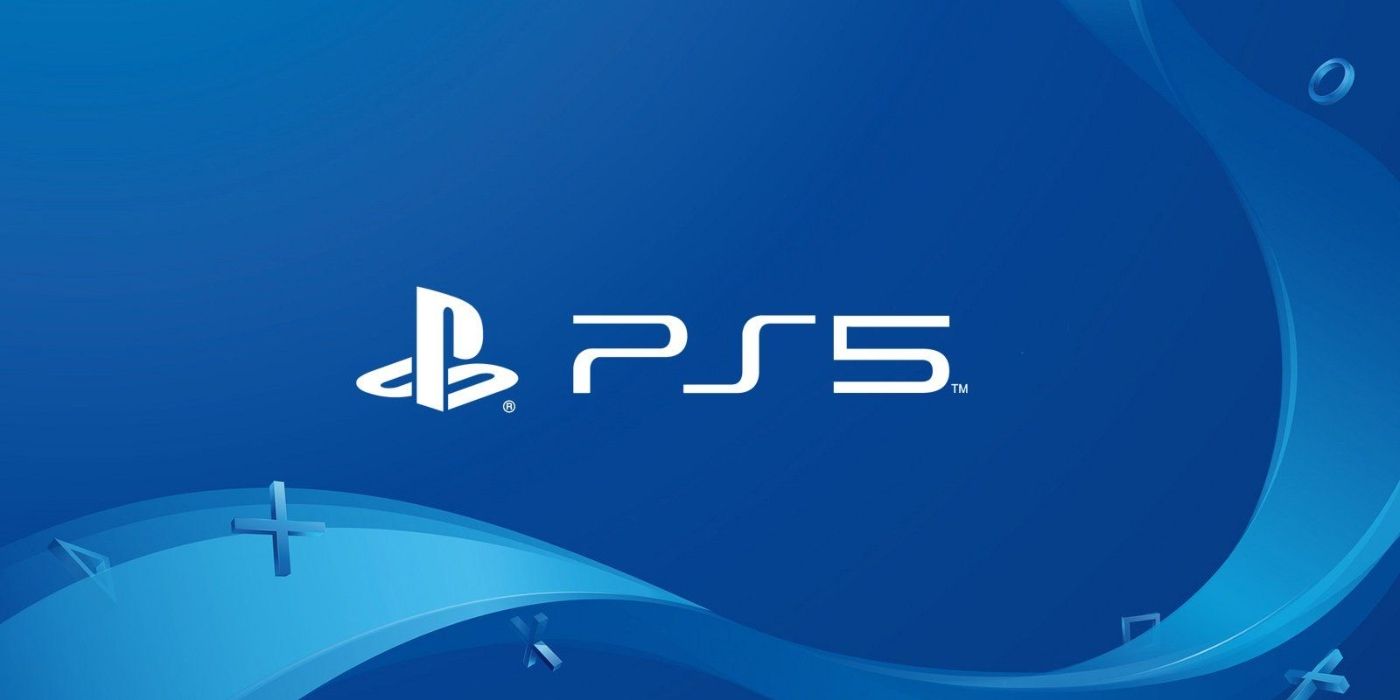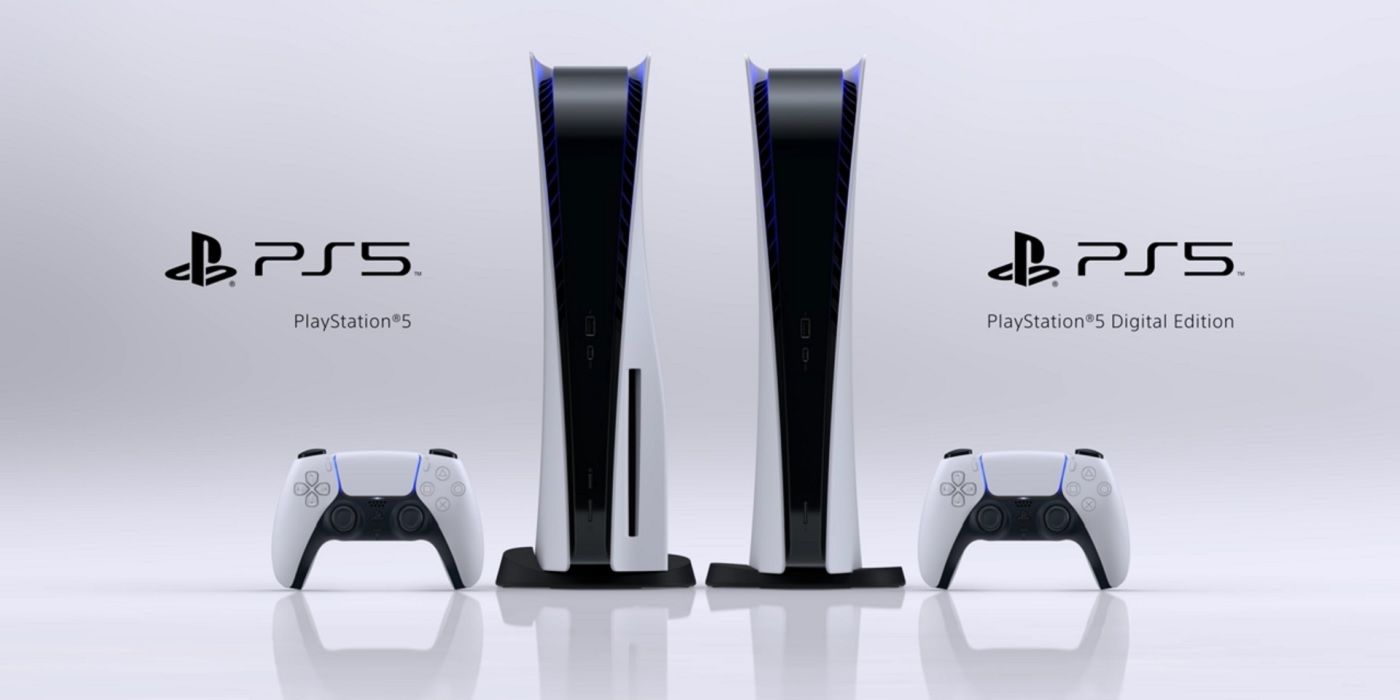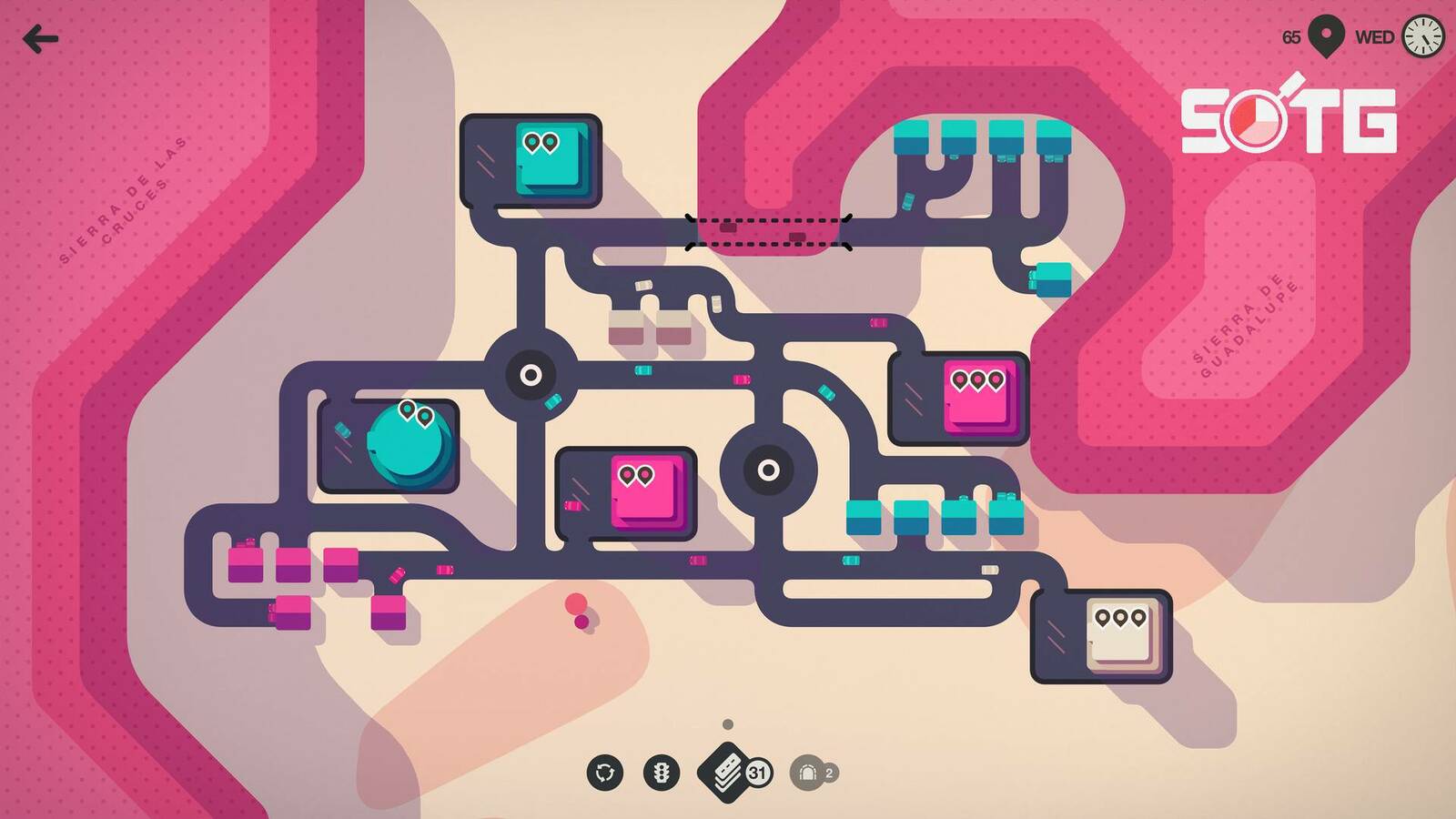
Most people trying to get their hands on a PlayStation 5 are likely wondering why it's still so hard to do, even nine months after the console released. There are a number of different reasons why the Sony PS5 has been hard to get. Sometimes it's simply a matter of not being online at the right time, other times it's a matter of scalpers grabbing all the PS5s right after they go on sale. However, sometimes it's because the components that go into these consoles are also seeing sparse availability. In particular, chip shortages have caused an issue when it comes to Sony selling enough consoles to meet demand.
When the majority of people think about the effects the COVID-19 pandemic had on the world, their minds usually turn to medical problems. At the beginning of the outbreak, shortages of medical supplies like masks and gloves were making headlines. Then there was the short period of time when people couldn't get hand sanitizer or toilet paper. The supply of most of that kind of stuff has since had a chance to rebound. It might not dawn on most people right away just how hard the tech world was hit by the outbreak. People could not go to work at the plants that made computer chips for things like the PS5 for several months. The effect of "stay-at-home" orders around the world are still being felt today.
RELATED: Everything We Know About PS5 Restocks in 2021

As the world began to adapt to how to get things done during the coronavirus pandemic, most businesses, including game developers, started working from home. The problem is that production of high-tech products like the chips that run the PS5 aren't something that can be produced in someone's living room while they're meeting over Zoom. In order to produce these products, people needed to be present in the factories. It appears that the only reason Sony was able to meet any demand at all is because the production of their consoles started before the pandemic shut everything down.
To some degree, workers have been able to go back to work. Production of consoles is starting to get to a level where Sony believes it might be able to start meeting more of the PS5 demand in the second half of 2021. However, even those promises could mean that the company isn't going to be anywhere close to meeting demand. The problem is that the demand is also continuing to create shortages. Because there are so many people who are wanting to get their hands on a PS5, the "frenzy" begins every time another couple of units go on sale. While people have returned to work in the plants that put these things together, some companies still aren't at full staffing levels. Those lower staffing levels can then also lead to lower output, which doesn't match demand, and the whole situation could turn into a snake eating its tail.

While it can seem to some as though the PlayStation 5 is getting singled out in regards to chip shortages, the rest of the tech market would likely disagree. The same kind of shortages are being seen for computers and even the automobile industry. Most consumer high-tech markets have been affected in one way or another by the shortages of chips and components. Obviously, not every single of them is facing the kind of shortages the PS5 is. There are a ton of different reasons for that, including just how new the console is compared to other devices. There's also the fact that that PS5 is quite a bit more affordable than, say, a new car. What's not really in debate is that the chip and component shortages Sony is facing are not all that rare.
RELATED: PS5 Will Break Even in June, According to Sony

While quite a few analysts believe that chip shortages could extend past 2021, even into 2023, there are some signs on the horizon that things will eventually get better. The fact that shortages are affecting more markets than just the console business could be a good thing in the end, because it has managed to earn Sony, Microsoft, and other companies invested in the gaming community some big allies. Earlier this year, President Joe Biden announced his administration would be getting involved in the situation in order to try and get the production of components and chips running closer to what it was in the years before the pandemic.
Biden isn't the only politician who has jumped into the fray either. Last month, the United States Congress made it clear it thinks at least part of the problem is that companies are also having issues with production because they don't have the funds to go back into action full-scale. To that end, the Senate passed a bill that will inject more than $50 billion into semiconductor production and research. The U.S. Innovation and Competition Act could eventually lead to a speeding up of production of both the PS5 and Xbox Series X. However, even if that influx of cash is unlikely to boost the market to a degree that is really going to be seen until much later in the year, or more likely 2022.
For now, fans are going to have to sit and wait for the companies that rely on these components to correct the situation themselves. One specific solution was offered up by Sony just a few weeks ago. The company is possibly looking to change up the way the PlayStation 5 is designed in order to adapt to the shortages. Of course, that too isn't going to correct the issue of gamers getting their hands on the newest Sony console before the end of this year. For now, at least it appears the PS5 will continue to be somewhat scarce.
MORE: Every Video Game Release Coming Soon For PS5 And PS4



